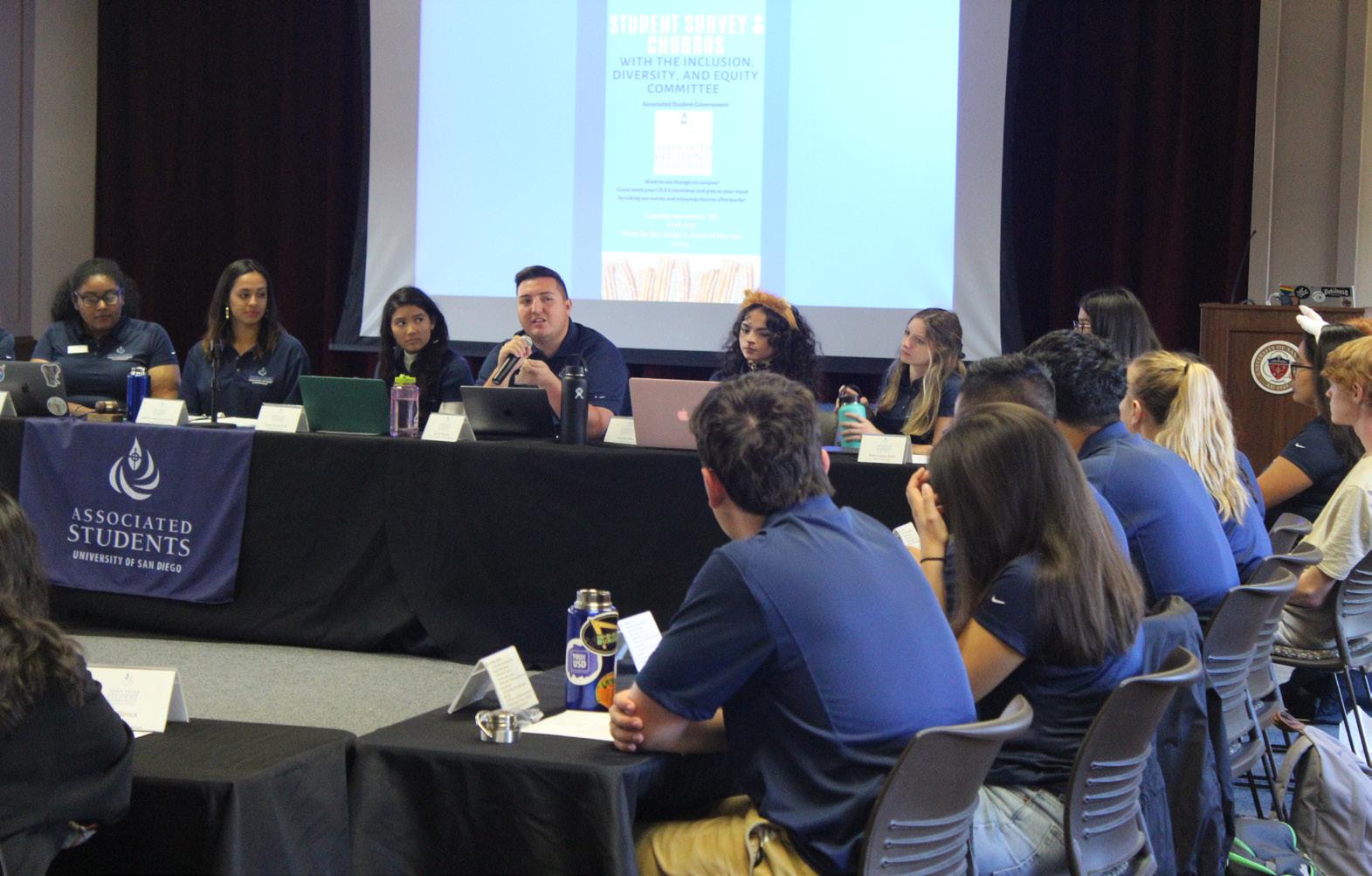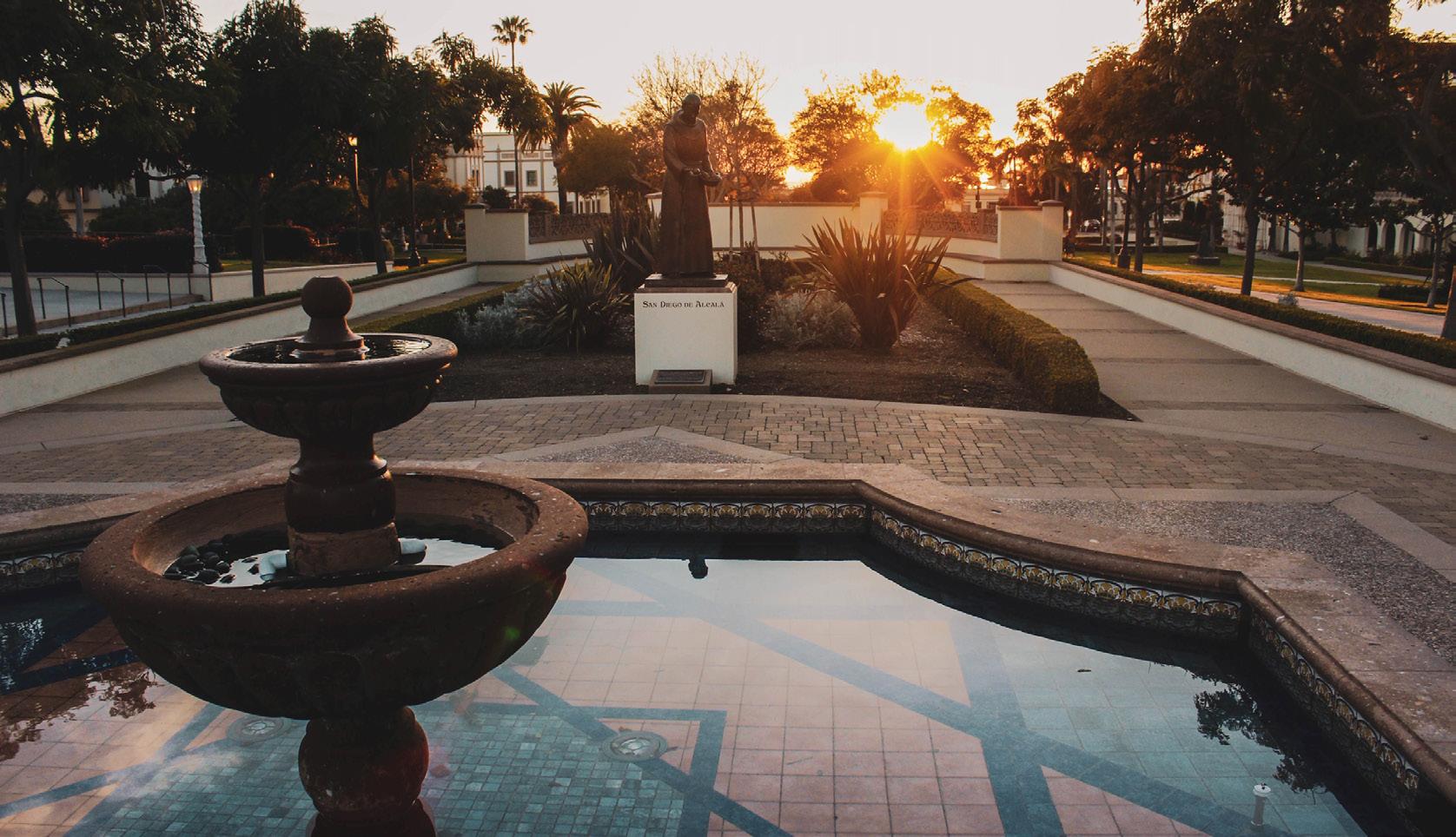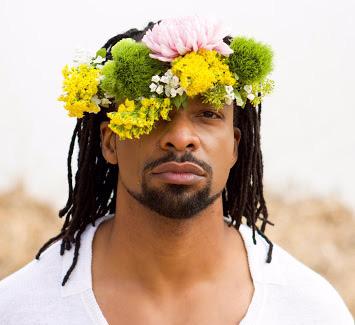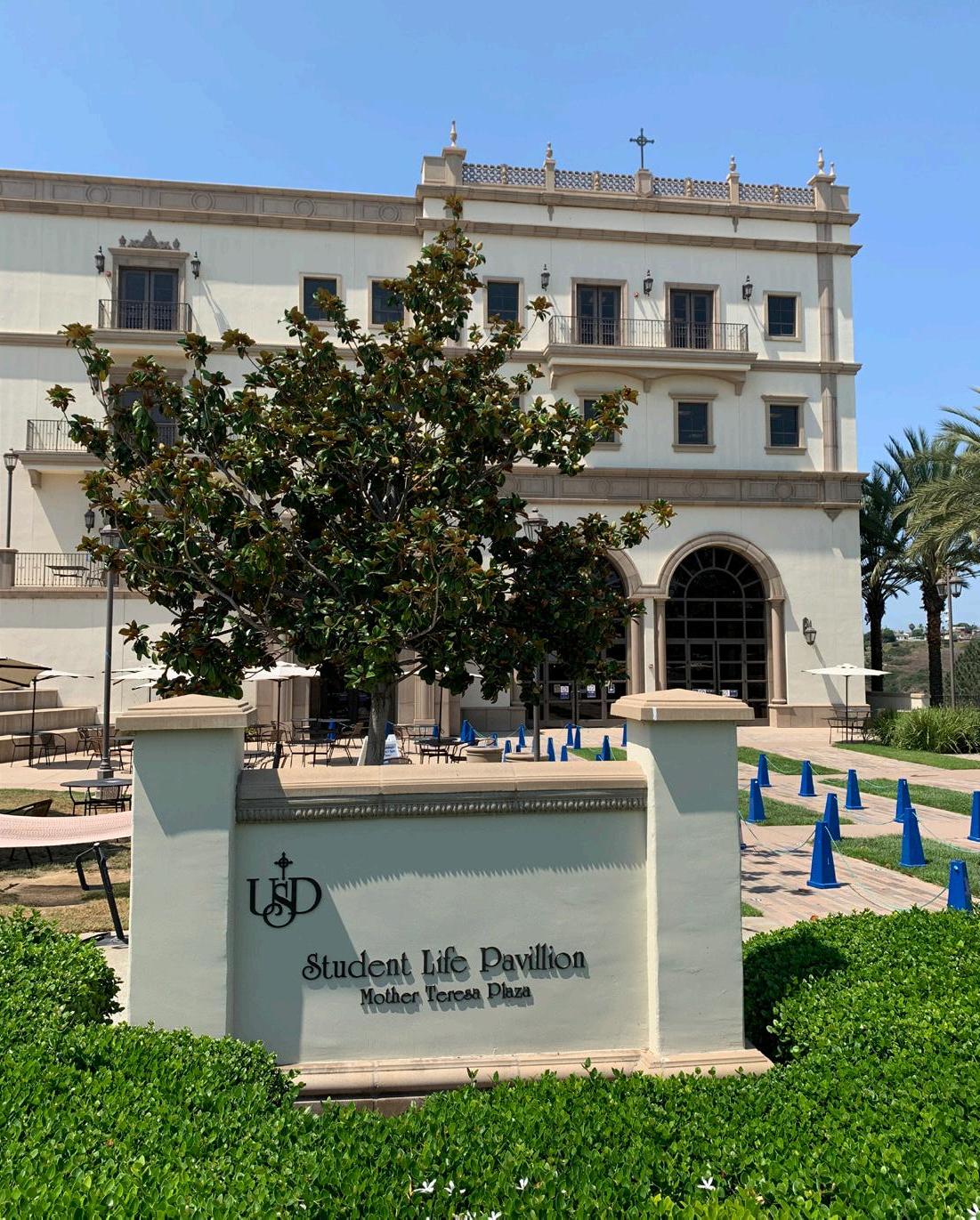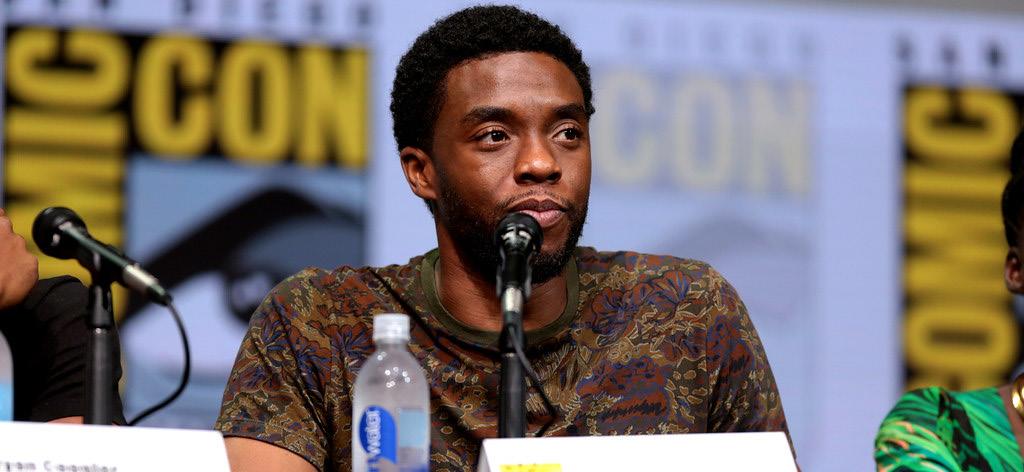
8 minute read
SPORTS
from Volume 58 Issue 3
Torero tennis players compete during COVID-19
August Holmgren and Solymar Colling placed in summer tournaments in Denmark and Texas, respectively
Advertisement
August Holmgren (left) is no stranger to winning tennis matches. Home in Denmark, he has taken every opportunity to get on the court, racking up over 20 wins in the process. Photo courtesy USD Athletics
MARIA WATTERS ASST. SPORTS EDITOR
While COVID-19 has forced most athletes at the University of San Diego to postpone their seasons and or significantly alter their training routines, two Torero tennis players have managed to continue competing in spite of the pandemic. Redshirt junior August Holmgren has been competing in his native country of Denmark since June, and redshirt sophomore Solymar Colling played in the International Tennis Association Summer Nationals in early August.
Due to the more relaxed health restrictions in Denmark, Holmgren has been free to practice with his club team and compete regularly.
“I’ve been playing as many tournaments as I possibly could since I got home because I didn’t know how long that would be possible,” Holmgren said. “My level has been better some days, and worse other days, but I feel like I’ve gotten a lot of confidence which helps me prevail in tough situations.”
Holmgren proved his ability to overcome tough situations numerous times throughout his summer competitions. In one match, he faced a particularly difficult opponent who won the first set 6-1. Despite feeling he played poorly, Holmgren was able to battle his way back, winning the second and third sets in a close tie-breaker. This mentality has led Holmgren to win more than twenty matches and four tournaments in just three months.
Along with his competition overseas, Holmgren has continued to train with his teammates at the University of San Diego. As a captain, it was important for Holmgren to keep up his training regimen with the Toreros to preserve the team mentality that helped them achieve great Con’t on Page 19
From Page 18 success in past seasons, including back-to-back WCC championships. By tracking each others’ workout progress online, Holmgren and the rest of the men’s tennis team are able to push themselves to be in the best shape possible by the time they are able to reunite.
Despite the obvious challenges of longdistance team practice, Holmgren is confident that when the time comes, the USD men’s tennis team will be ready to work.
“I don’t think motivation is going to be a challenge at all,” Holmgren said. “I think getting back into the flow of things will be fairly quick because everyone wants to get back on course and start working hard again.”
Confident that lack of motivation won’t be a factor in the team’s productivity in the future, Holmgren believes adjusting to the Toreros’ playing philosophies will be their biggest obstacle to overcome. And individually, Holmgren will have to switch his playing style from that of his club team in Denmark back to the Torero style of play. Though he admits the adjustment will be particularly difficult due to his extended time away from the team, Holmgren is ready and eager to face the challenge.
On the other side of the world, redshirt sophomore Solymar Colling placed second at the Intercollegiate Tennis Association Summer Nationals in Texas.
Like Holmgren, Colling was able to practice daily, but could not compete in any tournaments for most of the summer.
“In the beginning I felt robbed of my season,” Colling said. “I went back (to Texas) and was able to practice at the academy I trained at before, but there were mostly junior players, and I just felt a little out of place being
“My level has been better some days, and worse other days, but I feel like I’ve gotten a lot of confidence which helps me prevail in tough situations.”
away from school and my
- August Holmgren
team.”
The transition from the team environment at the University of San Diego to quarantined training was difficult for Colling. In the early days of the pandemic she found herself wondering what the point of training was if there was a possibility she wouldn’t be able to compete.
But, as a Division I athlete with her sights set on playing professionally, Colling knew she had to overcome her doubts in
season.”
order to attain her goals.
“I just practiced every day, sometimes for six hours at a time, and I feel like I got better,” Colling said. “For me, the difference between the Division I and professional level comes down to work ethic and the mental game. We all know the basics, so for me to get to that next level, I used this situation to just focus on my game and try to remember why I love tennis and why I want to go pro.”
All her work paid off. The hours of practice and training, along with the time she spent on self reflection, allowed her to focus on her love for the game of tennis and reach a new level of play, culminating with her impressive performance at the ITA Summer Nationals in which she took second overall. Colling attributes her most recent success to her newfound mindset that allowed her to enter the tournament with no expectations other than to simply enjoy the experience and the ability to compete.
However, along with her individual competition, Colling has had her sights set on returning to the
“In the beginning I felt robbed of my
courts at the University of
- Solymar Colling
San Diego with her fellow Toreros in the spring. Like Holmgren, she has been able to keep up with her teammates virtually, but realizes there will be some serious obstacles they will have to overcome together.
“We really do get so close as more than just teammates but as friends,” Colling said. “It will be difficult to build up that relationship without having been together last season. But I think once we all get back together we will be ready to work to be as good of a team as we can.”
Both Holmgren and Colling have put in the hours to keep themselves competition ready throughout their time away from USD. While it is uncertain when Torero fans will be able to see Holmgren and Colling take the courts again, they can be sure that the men’s and women’s tennis teams will be ready for any competition that comes their way.
Altering the game plan for athletes at USD
Torero athletes were forced to adapt to a new sports world this summer due to the COVID-19
SOFIA BRUZZO ASST. SPORTS EDITOR
Instead of practicing under the San Diego sun with their teammates, preparing to compete for championships, USD athletes spent their summer on the sidelines as COVID-19 continues to evolve.
Callie Johnson, a sophomore on the swimming and diving team at USD, expressed her concerns now that they will not be returning for the semester.
“I feared that the progress we’ve made since last year and that which most athletes have been working towards for the majority of their lives, will be lost with such a long break,” Johnson said.
Johnson is not the only one with this dilemma. Student athletes are facing questions and unknowns, and it is up to them and their coaches to determine how they will adapt.
Nick Classen, a junior on the rugby team, explained how they have been reshaping their program.
“We have some unofficial things where we go to the beach and do a beach practice or workout,” Classen said. “It’s no longer monitored by coaches, it’s all player run.”
Players are being provided with specific workout plans and practice ideas by their coaches as well as weekly Zoom meetings to track their progress.
“The coaches are being really supportive and they’re encouraging us to stay on top of our sport,” Johnson said. “They’re also keeping in mind the impact that COVID is having on all of us and our lives.”
With the summer now behind us, athletes have had some time to look back on their experiences training apart from their team.
“Training has become a lot more individual now that we’re virtual,” Johnson said. “Usually we’re racing against each other in practice and in swim meets and now it’s just you and the clock. You really have to focus more and be motivated individually rather than be motivated by the team.”
For others like Classen, the biggest problem they faced was lack of resources and facilities.
“I just had to find other things to do to workout. Things like running and swimming and calisthenics,” Classen said.
Athletes are used to dedicating several hours a week to perfecting their craft. However, keeping such a strenuous schedule is hard when coaches are not around to enforce practice and workout times.
“The hardest part is probably the consistency because previously we were practicing around two times every day for three hours each practice and it’s hard to commit to that when you’re by yourself,” Johnson said.
With nothing but uncertainty in store for these USD athletes, they haven’t let the circumstances hinder their dedication to their sport. During isolated training, athletes have had to maintain their mental edge by constantly preparing themselves for a possible turn around in regulations, always being ready to return to their sport at a moment’s notice.
“If we can do our homework and watch our videos and learn as much as we can without actually playing, then coming back, theoretically we should be able to just jump right back in.” Classen said.
Johnson expressed her main focus while training on her own, emphasizing that “instead of focusing on what I can do for the team, I focus a little bit more on what I can do to improve myself. And in the back of my head I keep in mind that everyone on the team is expecting me to perform when it comes time.”
The hope is that these student athletes will be allowed to resume training on campus as the semester progresses. Athletes are eager to be back with their teams and coaching staff. Regardless, athletes must continue to hone their craft until then and realize that, just as Classen mentions, “It is a challenge, but these are challenging times and we have to adapt as best as we can.”

